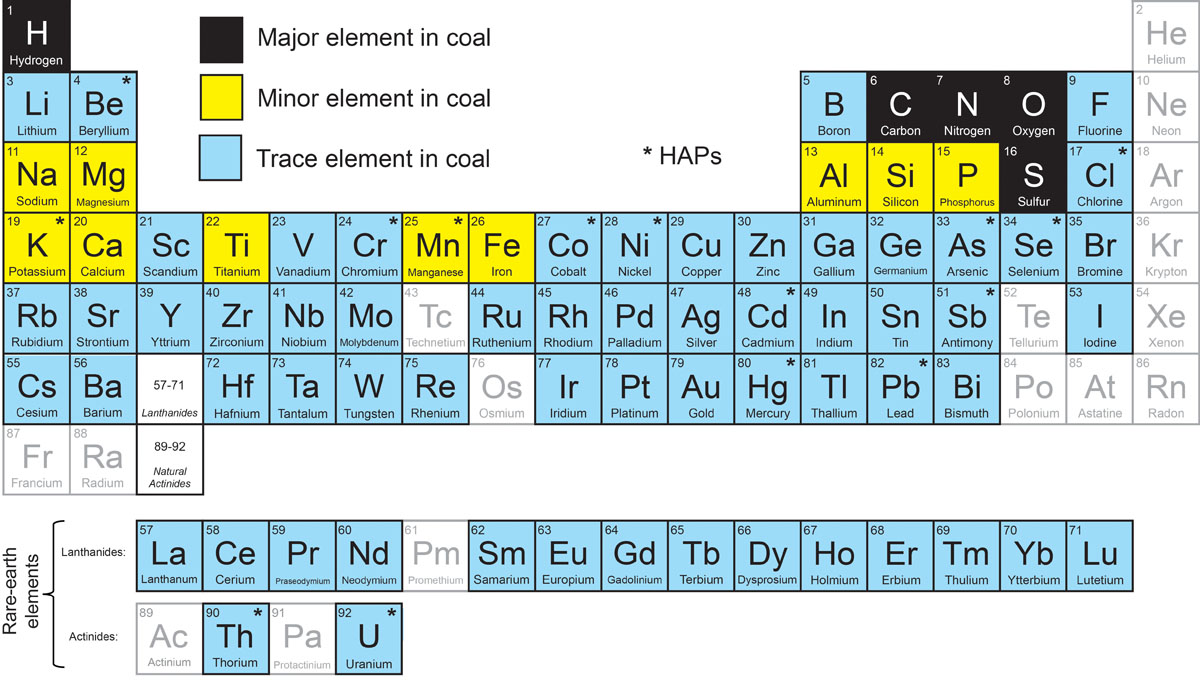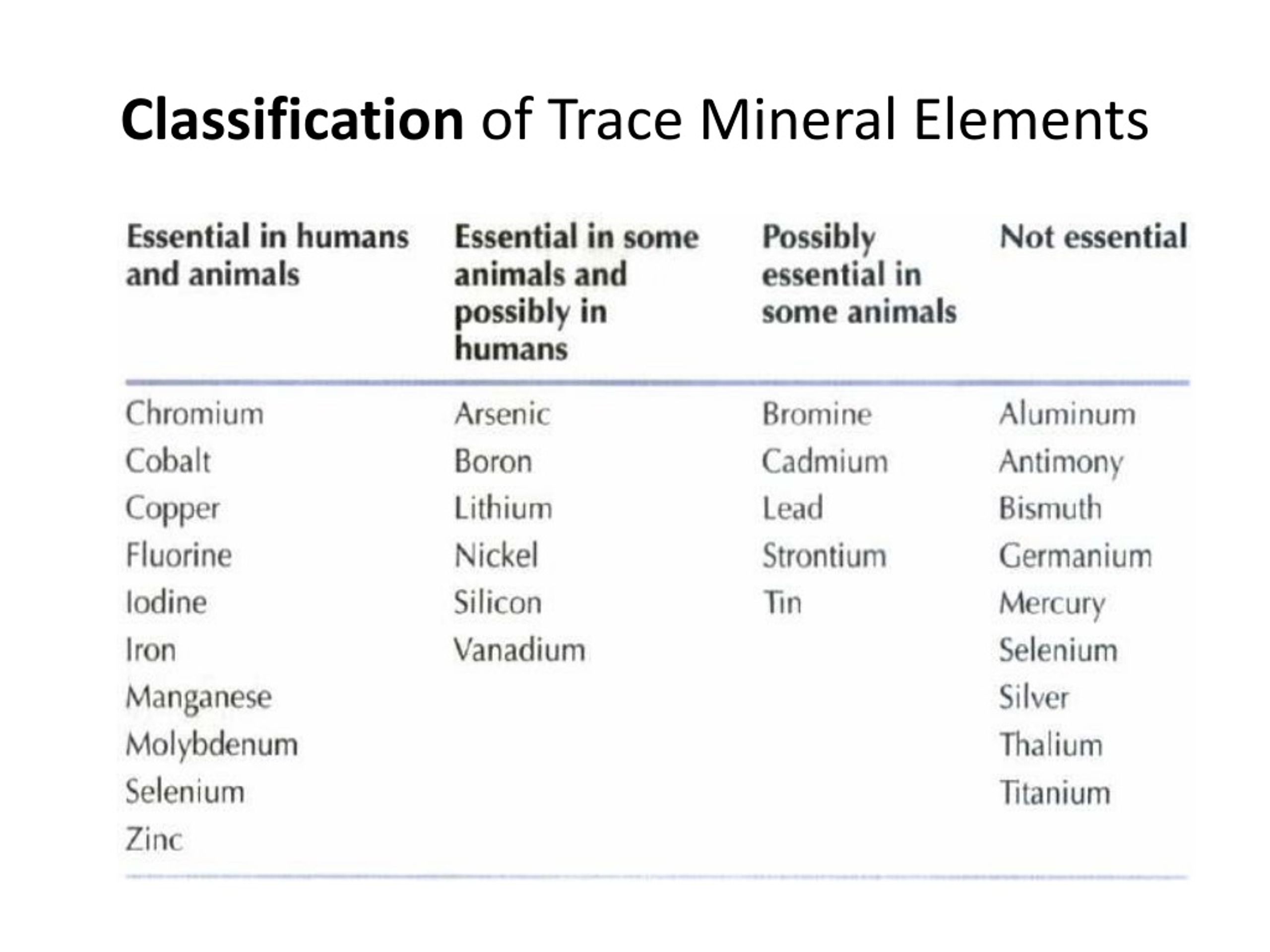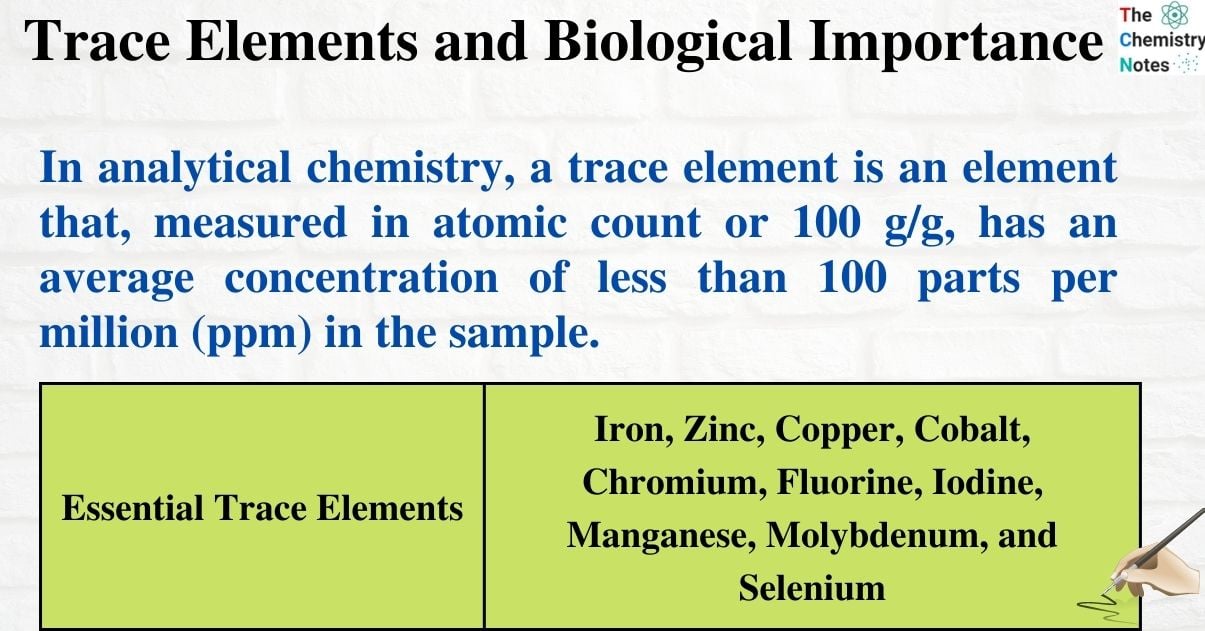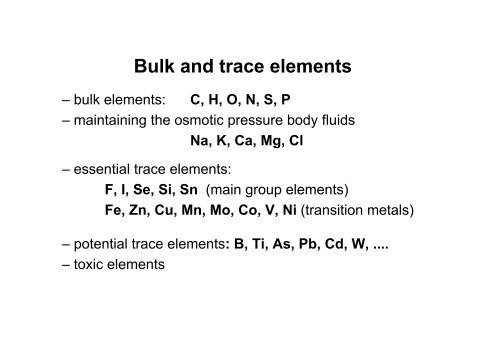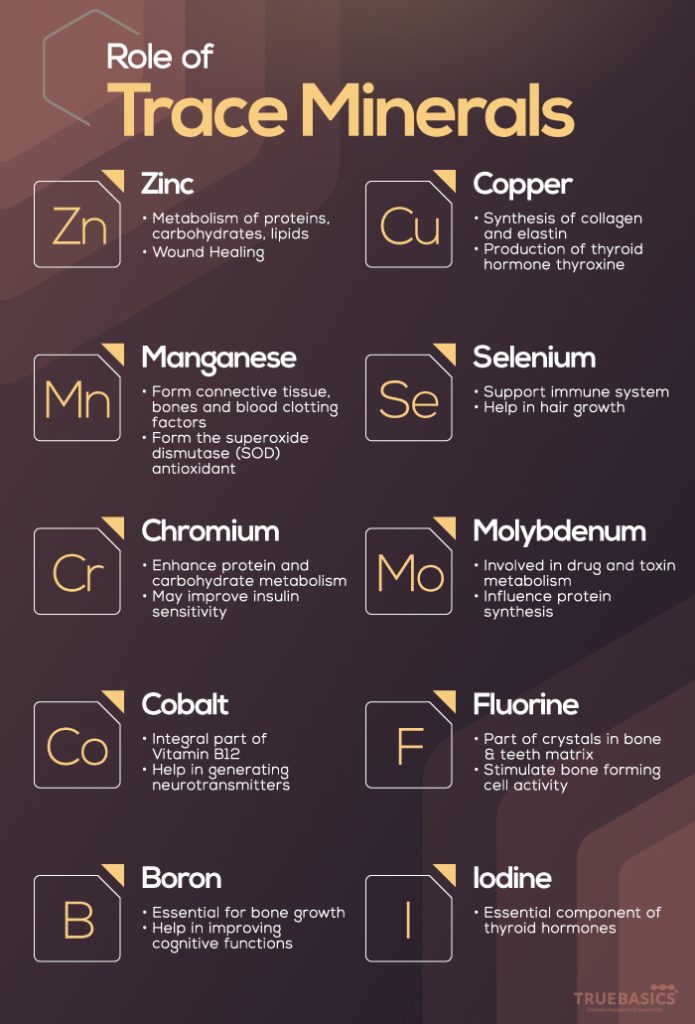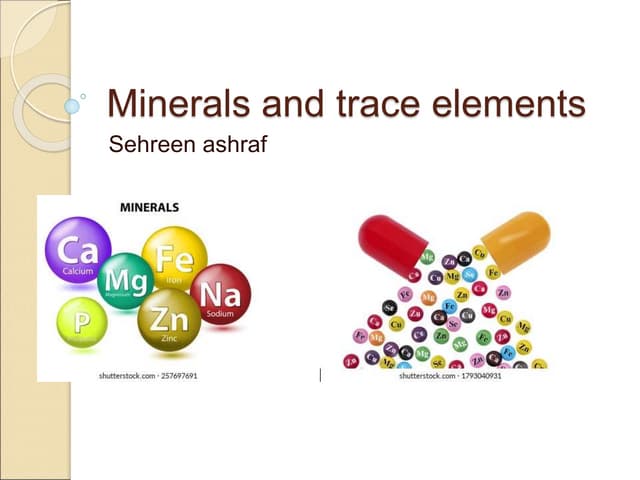Which Of The Following Is A Trace Element

The human body, a marvel of biological engineering, requires a precise cocktail of nutrients to function optimally. Among these are trace elements, also known as micronutrients, playing vital roles in everything from enzyme activity to hormone production. However, confusion often arises about which elements qualify for this crucial category.
This article aims to clarify the definition of a trace element, identify key examples, and highlight their importance to human health. Understanding these elements is critical for maintaining well-being and preventing deficiency-related diseases.
What Defines a Trace Element?
A trace element is defined as a chemical element required in very small amounts, typically less than 0.01% (or 100 parts per million) of body weight. These elements are essential for various biochemical processes and metabolic functions within the body.
The key distinction lies in the quantity needed for proper function; while the body needs relatively large amounts of macronutrients like carbohydrates, proteins, and fats, only tiny quantities of trace elements are required.
Common Examples of Trace Elements
Several elements fall under the umbrella of trace elements, each with unique functions. Some of the most important include iron, zinc, copper, iodine, selenium, manganese, molybdenum, chromium, and fluoride. Each plays a vital role in maintaining health.
Iron, for example, is crucial for the formation of hemoglobin, the protein in red blood cells that carries oxygen. A deficiency in iron can lead to anemia, characterized by fatigue and weakness. The World Health Organization (WHO) estimates that iron deficiency is one of the most common nutritional deficiencies globally.
Zinc is another essential trace element that supports immune function, wound healing, and DNA synthesis. Studies published by the National Institutes of Health (NIH) demonstrate zinc's importance in maintaining a healthy immune system.
Iodine is a critical component of thyroid hormones, which regulate metabolism. Iodine deficiency can lead to thyroid disorders, including goiter and hypothyroidism. Fortification of salt with iodine has been a successful strategy to combat iodine deficiency worldwide.
Selenium acts as an antioxidant, protecting cells from damage. It also plays a role in thyroid hormone metabolism and immune function. Dietary sources of selenium include Brazil nuts, seafood, and meat.
Copper is involved in enzyme function, iron metabolism, and nerve function. A deficiency in copper can lead to anemia and neurological problems. Sources of copper include shellfish, nuts, and seeds.
The Significance of Trace Elements
The impact of trace element deficiencies can be significant, affecting various aspects of health. Symptoms can range from mild fatigue to severe developmental problems.
For example, iodine deficiency during pregnancy can lead to irreversible brain damage in the developing fetus. Similarly, zinc deficiency in children can impair growth and immune function.
These examples underscore the importance of ensuring adequate intake of trace elements through diet or supplementation, when necessary. Consulting a healthcare professional or registered dietitian is crucial for determining individual needs and addressing any potential deficiencies.
Obtaining Adequate Trace Elements
A balanced diet rich in fruits, vegetables, whole grains, and lean proteins is generally sufficient to meet most people's trace element needs. However, certain individuals, such as pregnant women, infants, and the elderly, may require supplementation.
Dietary sources for each trace element vary. For example, red meat is a good source of iron, while seafood is a good source of iodine and selenium. Nuts and seeds provide zinc and copper.
It is essential to note that excessive intake of some trace elements can also be harmful. For instance, high doses of iron can lead to iron overload, which can damage organs. Therefore, moderation and consultation with a healthcare professional are key.
Conclusion
Understanding the role of trace elements is paramount for maintaining optimal health. These micronutrients are essential for a wide range of physiological processes, and deficiencies can have significant consequences.
By consuming a balanced diet and addressing any potential deficiencies under the guidance of a healthcare professional, individuals can ensure they are receiving the necessary trace elements for a healthy and thriving life. The NIH and WHO remain key resources for the latest recommendations and research on trace elements.
Further research continues to uncover the intricate roles of trace elements and their impact on human health, highlighting their continued importance in nutrition science and public health initiatives. Staying informed about these elements is a proactive step towards better health and well-being.


